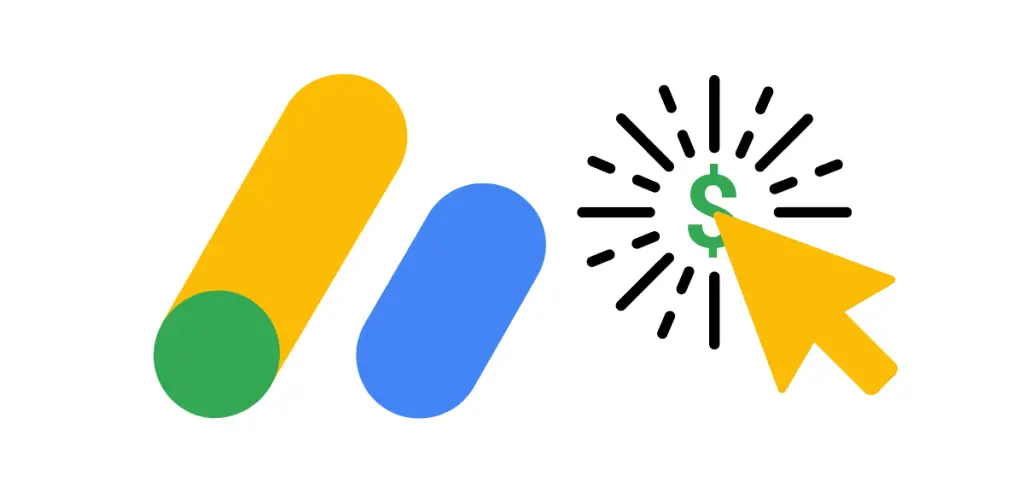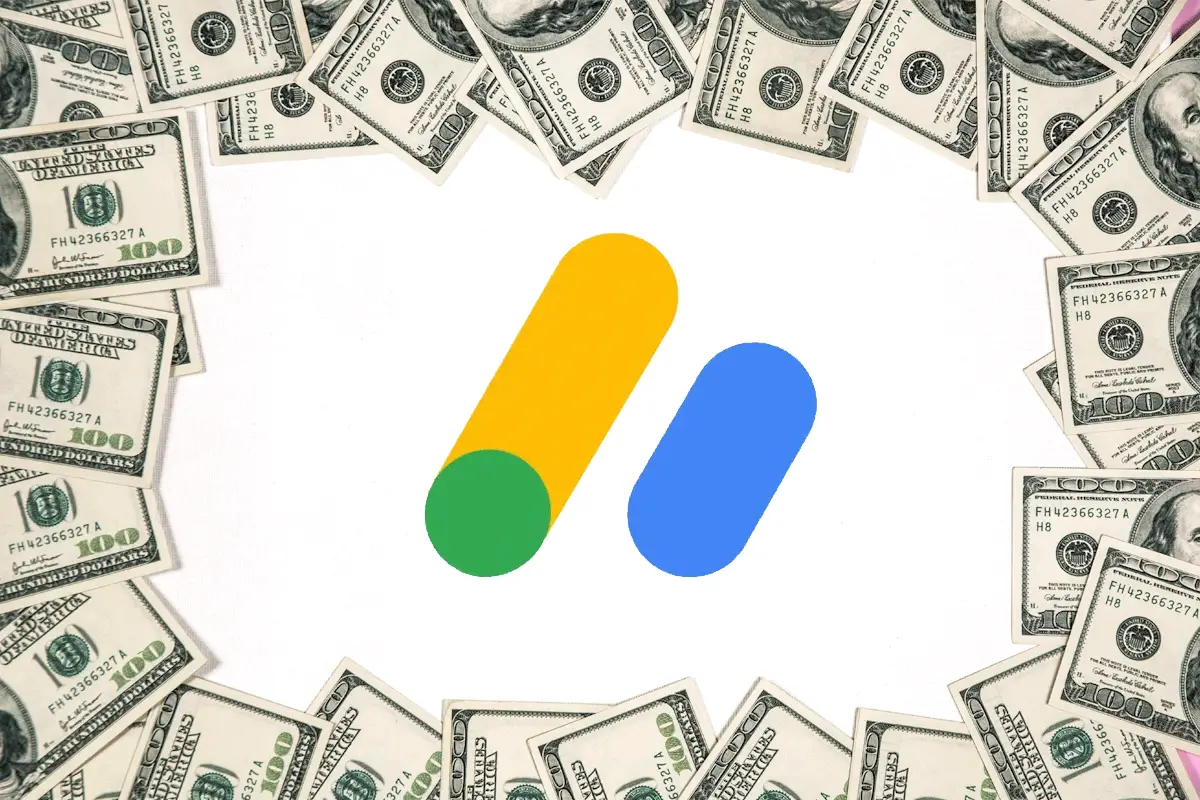Are you wondering how much does AdSense pay per 1,000 views? What about how much AdSense pays per click?
In this guide, you’ll get a complete overview of how much Google AdSense pays per thousand views and clicks, and the various factors that impact the monetization of a website or blog.
The ultimate goal here is to help you get a better estimate of the amount of money you can earn with your site by using AdSense and to show you what factors may be impacting your monthly Google AdSense earnings per view and click. You’ll even find a Google AdSense revenue calculator to get the best estimate of your earnings.
How Much Does AdSense Pay Per 1,000 Views?
AdSense pays $8-20 for 1,000 views on average. The total earnings depend on the website category, the type of content you provide, the amount of website traffic, where users are located, and how ads are set up in Google Adsense to pay the most per thousand views.
Google AdSense uses Revenue Per 1,000 impressions (RPM) to represent the estimated earnings you would accrue for every one thousand impressions your website receives and is calculated as follows:
RPM = (Estimated Earnings / Number of Pageviews) * 1,000
Here’s an example calculation Google AdSense earnings:
- $100 earned from AdSense
- 10,000 pageviews
- RPM = ($1,000 / 100,000) which is $10 RPM

How Much Do Google Ads Pay Per View?
Google ads pay $0.008 to $0.020 per view on average. AdSense publishers receive 68% of the ad revenue recognized by Google in connection with this AdSense content and 51% for AdSense Search regardless of the publisher’s geographic location.
How Much Does AdSense Pay Per Click?
AdSense pays $0.20 to $15 per click on average. The total earnings for 1 click depend on the competition between advertisers and the cost-per-click (CPC) in the website’s category, with publishers earning 68% of the payment from Google for AdSense content.
If you want to earn the most money per click on AdSense, then see this related guide that lists high CPC keywords.
Example AdSense Earnings Per 1,000 Pageviews
Here are some examples of how much AdSense pays for 1,000 views on a website in various categories:
- Arts & Entertainment: $5.62 per 1,000 pageviews
- Autos & Vehicles: $9.20 per 1,000 pageviews
- Beauty and Fitness: $13.01 per 1,000 pageviews
- Finance: $32.13 per 1,000 pageviews
- Food & Drink: $14.33 per 1,000 pageviews
- Health: $17.40 per 1,000 pageviews
- Home & Garden: $23.35 per 1,000 pageviews
- Real Estate: $14.50 per 1,000 pageviews
- Sports: $4.23 per 1,000 pageviews
- Travel: $14.10 per 1,000 pageviews
Note: These Google AdSense earnings per 1,000 visitors are based on sites targeting North America. You can get a quick estimate of how much AdSense pays for your website or blog by using the Google AdSense revenue calculator. With this tool, you can select the region your website or blog targets and its relevant category to find out how much you can expect to earn each year based on the average monthly pageviews.
Also, you can increase your earnings substantially by joining an ad platform like Ezoic. As mentioned on this page about how much does Ezoic pay per 1,000 views, you can earn on average between $10-40 per thousand visitors, and Ezoic is 100% guaranteed to outperform AdSense with its Ad Mediation feature where Google AdSense competes against other advertisers. Ad Mediation works to ensure you’re getting the highest bid possible for your ad inventory, which boosts your website’s CPMs.
You can use my Ezoic affiliate link here to check it out for yourself. Or visit this other page to view Ezoic requirements.
Factors That Affect AdSense Earnings
Website Category
The website category impacts how much you’ll get paid per 1,000 views with Google AdSense. Categories like finance and health, for example, have higher advertising bids for cost-per-thousand (CPM) views and cost-per-click (CPC), which also translates to higher earnings per visitor. Compare that to low CPC and CPM categories like sports and arts and entertainment that don’t pay much for each view or click.
Type of Content
The type of content you publish also affects how much AdSense pays per click and pageview. For example, ads that are displayed on web pages that have high commercial intent (i.e., the visitor wants to buy a product or service) will pay you more money than a page that’s focused on informational content (i.e., the user wants to get an answer to a question).
You can make more money for every thousand views with AdSense by simply changing the types of keywords you target with your content. Publishing articles that are based on topics with high cost-per-click (CPC) values is an easy way to increase your AdSense earnings.
Amount of Website Traffic
The more website traffic you can get, the higher your AdSense earnings will be. Therefore, you should aim to attract more visitors through organic search engine optimization (SEO) strategies and try to keep those users on your website by navigating to more web pages per session.
The goal for every website should be to increase the total number of pages viewed per visitor with each session. For example, a website or blog that has an average number of 3 pages visited per session for each user will typically make more money with AdSense than a website that only serves 1 page per visitor.
User Location
The source of your website traffic directly affects how much you can make per thousand visitors with AdSense. Locations in the United States and Asia pay the highest amount per pageview and click for each visit while countries in the Middle East and South America pay the lowest CPM and CPC.
Google Ads Setup
The way you have your Google AdSense settings set up can cause you to earn more or less money per click and per view. Those ad settings include:
- Auto Ads: With this feature turned on, Google will automatically show ads across your website or blog in the best places to increase AdSense revenue. With it off, you’ll need to add the AdSense code manually throughout each web page.
- In-Page Ads: Thes ads appear within the main body of the content on your web pages which allows more ads to appear to increase earnings.
- Multiplex Ads: These are grid-based ad units that show content recommendations. Also called “Native ads”.
- Anchor Ads: These are ads that stick to the bottom of the website and continue to appear as the user scrolls through the page.
- Vignette Ads: These are full-screen ads that appear between page loads.
- Ad Load Percentage: This feature lets you control how many ads are loaded on the page (e.g., minimum or maximum).
- Excluded Pages: This feature lets you exclude specific pages so ads do not show on them. That means you will not earn any money from AdSense for those pageviews.
Google AdSense Content & Search
Google AdSense pays publishers the most money per pageview and clicks when ads are displayed inside the content. Publishers receive 68% of the ad revenue recognized by Google in connection with AdSense optimized content.
However, Google only pays 51% of the ad revenue to publishers for AdSense Search. AdSense for Search is a feature that allows you to add a Google Search bar to your website so users can directly search on Google from your site. You can learn more about this on the Google AdSense revenue share page.
If you like the idea of using AdSense on your website, then check out this step-by-step guide that shows how to put ads on your website using this platform. Also, if you have a YouTube channel and want to monetize your videos to get paid with AdSense, then check out this other guide on how to create an AdSense account for YouTube.

Amount AdSense Pays Per 1,000 Views & Per Click Summary
I hope you enjoyed this guide on how much does AdSense pay per 1,000 views.
As you discovered, AdSense pays each website publisher a different amount per pageview and per click depending on various factors like the website category, type of content, amount of visitor traffic, user location, ad settings, etc. Therefore, Google AdSense earnings can fluctuate. To get an accurate estimate of how much AdSense will pay per thousand visitors to your website or blog, you’ll need to try it out yourself.

SEO Chatter is dedicated to teaching the fundamentals of search engine marketing to help marketers understand how to increase organic website traffic and improve search engine rankings.

